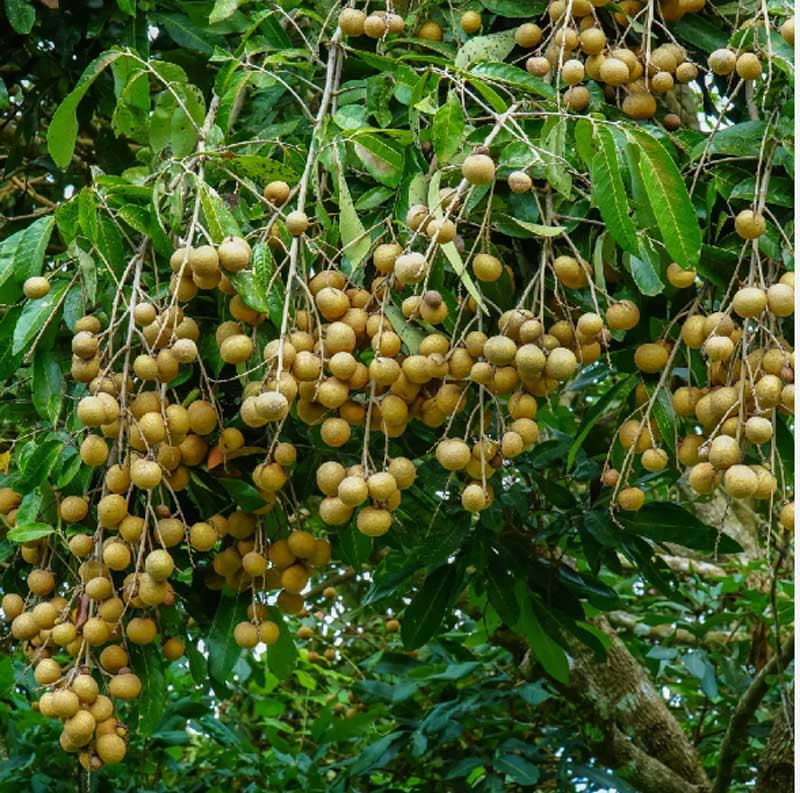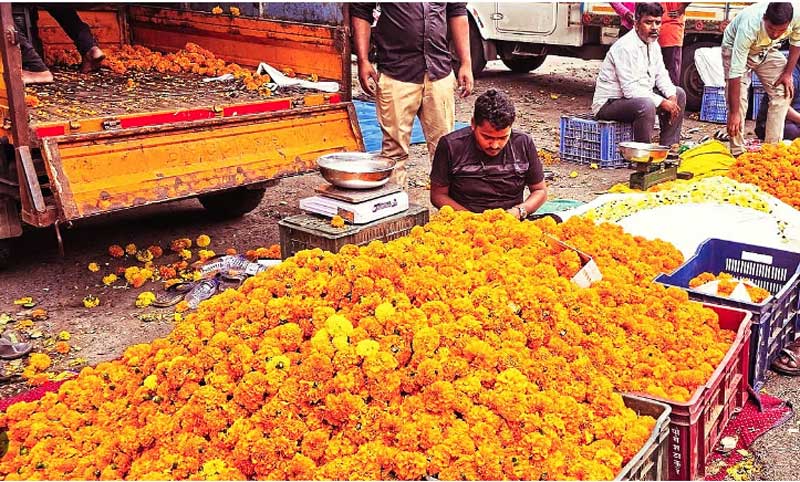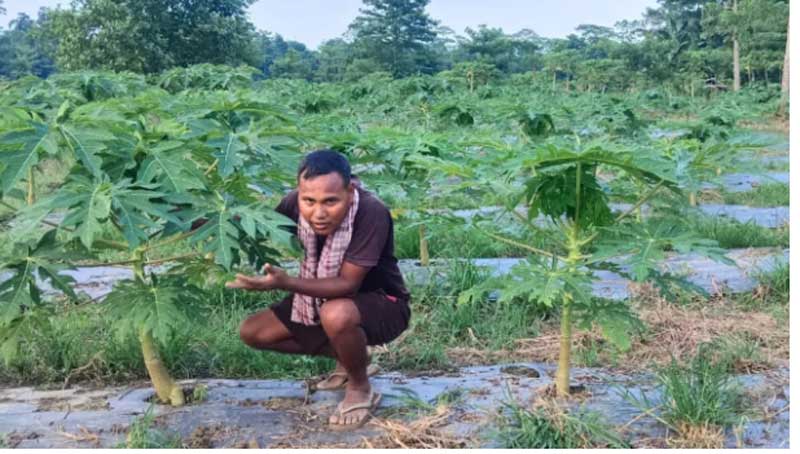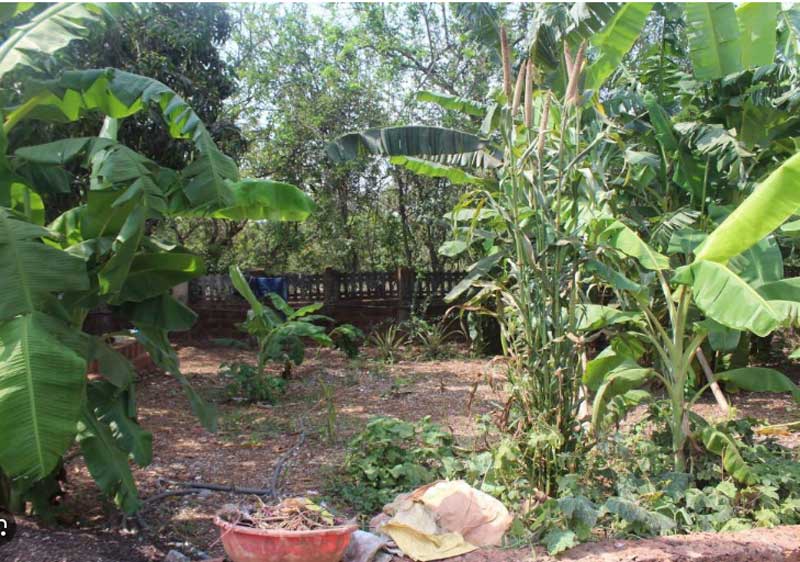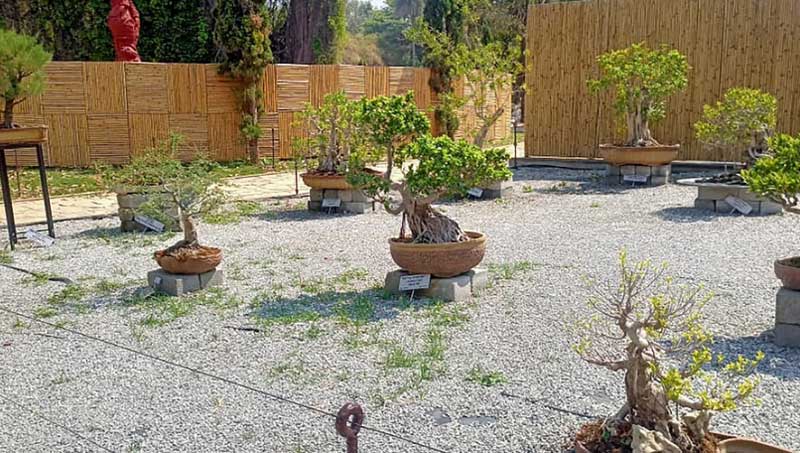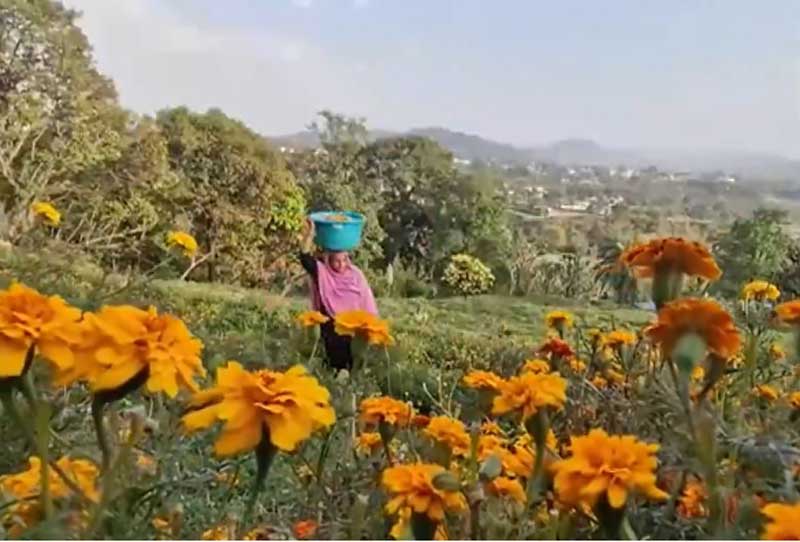Bamboo flowers bring cyclical famines to Mizoram every 50 years
Aizwal: Bamboo flowers have an unusual link to famines in northeast states, especially in Mizoram. As per a report, the state has to face famine whenever bamboo flowers are bloomed. Locals call this cycle “mautam,” a phenomenon named after the bamboo species Melocanna baccifera, known locally as “mautuk” blooms. However, bamboo flowers grow almost every 50 years, and each flowering event brings disasters such as environmental changes, famine, and malnutrition.
Historically, Mizoram experienced famine for the first time in 1911 due to bamboo flowering, and since then this phenomenon has been continuing. The moment this bamboo species reaches its flowering stage, millions of plants produce seeds replete with nutrients, tempting huge numbers of black rats, and they feast on the seeds, surging their population. Later, they move towards crop fields, searching for more food. This “rat flood” damages massive crops, causing famine.
Also Read: Urbanization poses threats for horti expansion in AP’s coastal regions
The unusual incidence also takes place in several other countries across the world, such as Hong Kong, Ethiopia, Japan, and so on. Similar sequences appeared in these regions after the blooming of bamboo flowers. During the flowering period, rats automatically entice towards trees and flowers in massive numbers, eating and damaging crops.
As per research, during the flowering period, rats eat above 30 percent of the bamboo seeds. Mizoram has to face such kinds of problems once in every 50 years, which is a big issue for the people of this region.

